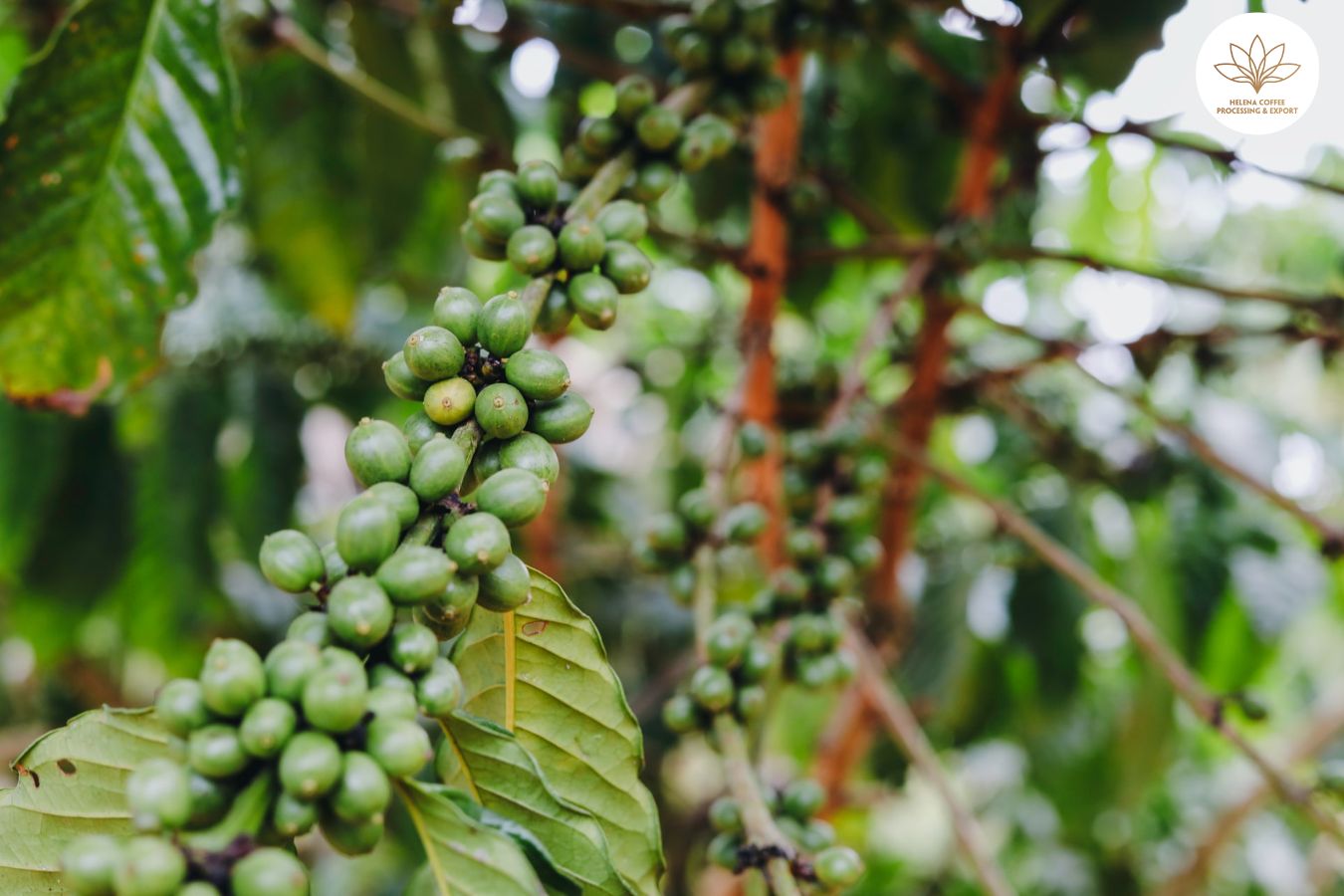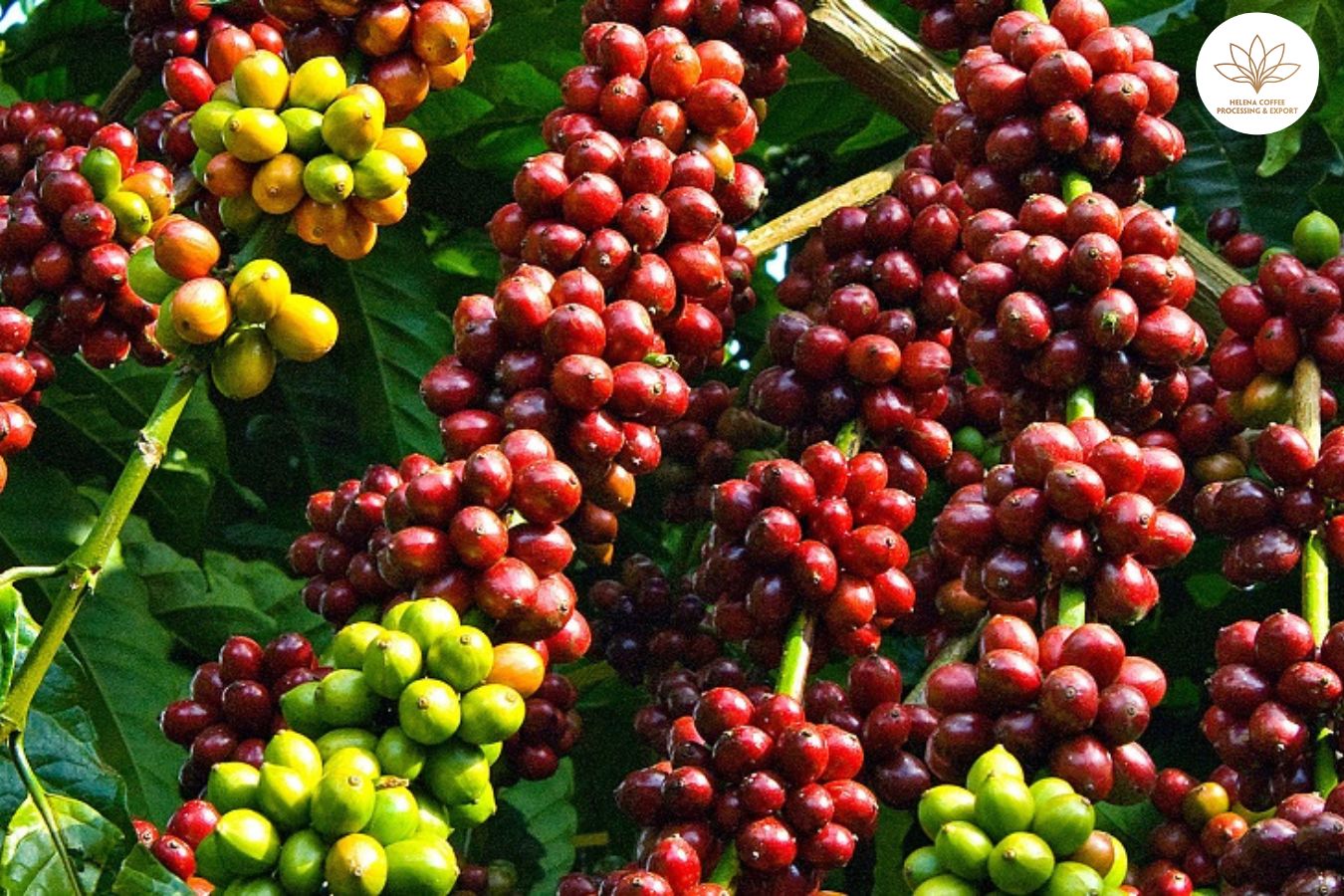
The role of calcium in plants: Calcium or Calcium (abbreviated as Ca), this is a bivalent element, so it is often written as Ca+2. For a long time, Ca has been classified as a secondary nutrient along with other elements such as sulfur (S) and magnesium (Mg). However, not everyone fully understands the role of Ca in plants.
The role of Calcium in plants
Plants absorb calcium in the form of Ca+2. According to research documents, Ca plays a role in stimulating root growth, helping to form compounds that make up cell membranes and making plants stronger. Ca also helps increase the activity of some enzymes, neutralizing organic acids in plants.
Therefore, with fruit trees, applying Ca will make the fruit have a higher sugar content and be sweeter. As for legumes such as peanuts, beans, soybeans… Ca is a nutrient that plays a very important role. Because if there is a lack of Ca, the beans will be flat or not full. That’s why farmers have the saying: “If there’s no phosphorus or lime, stop growing beans.”
Not only that, when plants absorb a lot of Ca, it will help reduce Nitrate nitrogen content (NO3-), which helps root microorganisms develop smoothly, strongly regulating cell metabolism. . From this, it can be seen that Ca is an intermediary bridge for the chemical components of protoplasm and maintains the ratio of cations and anions in the cell, as well as limiting the penetration of K+ and Mg. +2, Na+, NH4+.

Ca helps reduce cell water permeability, but increases transpiration. When we fertilize calcium into the soil, the first role of Ca is to reduce the toxicity of substances such as Fe, Al, Cu, and Mn…, and at the same time help reduce acidity in the soil.
So where does calcium come from? The earth’s crust contains about 3.64% calcium, but due to its origin from source rocks, different terrains and many processes such as rain, storms, wind… and human farming methods, the amount of calcium- xi in each type of soil and each different region. Ca in the soil is lost through many ways, so after only 1-2 growing seasons, the Ca content will decrease very clearly, so Ca must be added to the plants.
In addition, calcium is also present in limestone. Specifically, pure limestone contains 54.7 – 56% CaO, limestone mixed with Dolomite contains 42.4 – 54.7% CaO, Dolomitized limestone contains 31.6 – 42.4% CaO, gypsum (Gypsum). ) contains 56% CaO, snail shells, oysters, coral contain 40% CaO, superphosphate fertilizer contains 12 – 14% Ca, fused phosphate fertilizer contains 28 – 30% CaO…
How do plants lack calcium?
When plants are deficient in Ca, the symptoms shown on the plant are that the tips of the leaves and the edges of the leaves will gradually turn silvery white, then turn black and then curl and twist. Usually, the cell structure is damaged, young leaves and buds are affected first, followed by the root system, affecting the plant’s ability to absorb water and nutrients.
On the tree trunk, there are often secondary roots, root hairs, and slow growing roots. When there is a severe Ca deficiency, the fruit will rot in patches, but when there is an excess of Ca, there are no obvious external symptoms.

On the other hand, Ca has an interaction with some ions, so it will reduce the absorption rate of those ions. For example, limiting the absorption of nitrogen in the form of NH4+ should reduce the harmful effects caused by excess N. Reducing the amount of Na+ also reduces the harmful effects of this substance on plants.
If we fertilize excess Ca, Ca will first work around the roots to help detoxify the plant, so the benefits are still more advantageous. However, to use this advantage of Ca, we usually apply a dose of Cocoa at the time of soil preparation 1-2 weeks before planting, which will be more beneficial.
Which soil must be fertilized with Calcium?
Regarding fertilizer dosage, it depends on the acidity level of the soil to allocate the appropriate amount of Ca. When applying Ca to soil, Ca will have two main functions as follows: First, Ca helps detoxify and increase the pH of the soil. Second, we provide Ca for the plant to absorb. When the pH has improved, toxins are reduced, and the plant’s root system has conditions to develop, the root system’s ability to absorb water and minerals is enhanced, helping plants become healthier.
Therefore, depending on the soil environment, we decide to apply more or less fertilizer containing Ca. But the minimum level is at least about 500 kg/ha of fertilizer such as calcined lime (CaO) to meet the two functions of Ca fertilizer.
In general, soils with a pH lower than 6.5 need Ca fertilizer. Thus, agricultural soil in most of our country needs additional Ca fertilization, but priority should be given to lands with a pH below 5.5, which are alum soils and gray soils.
So which material to fertilize the soil will provide the best Ca? With the materials containing Ca mentioned above, if using limestone or seashells, snail shells, coral… it needs to be heated thoroughly to form CaO before applying.
Materials such as Dolomite and gypsum can be applied directly but are usually applied as a base fertilizer. As for super phosphate or fused phosphate fertilizer, it is easy to use, but most of it is also used as a base fertilizer or top-dressing fertilizer, especially on alkaline soils
FAQS:
- Coffee Farming: Nutrition & Fertilizer For Coffee Plants
- Coffee Growing Techniques: The Role Of Soil In Coffee Planting
- Biochemical Basis Of Coffee Fermentation